Six Books for Earth Day
These underrated nature writers bring the great outdoors to your living room
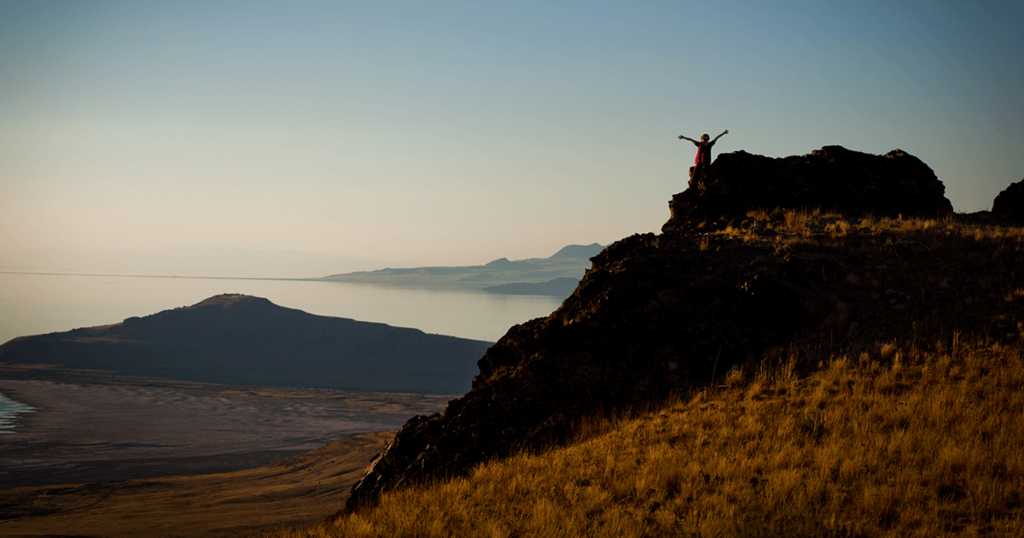
We use the phrase “out there” to imply someone’s gone just a little too free and wild. But venturing out there and exploring nature through words can also lead us to a better understanding of our places in the world, just as Rachel Carson, Annie Dillard, Aldo Leopold, Henry Beston, and Helen Macdonald have all shown. And these are only some of the best-known names. Many other, less familiar writers have stepped outside of structure and into the wild, writing beautifully and profoundly about their experiences. The following six, we think, deserve a wider audience.

Sustainability: A Love Story by Nicole Walker
For those of us who are overwhelmed by the scope of climate change, or would like to do our part (but don’t want to give up red meat), meet Nicole Walker, who describes our deformed disconnect with the planet in this series of essays. Walker tries making sense of our environmental challenges by asking herself what sustainability looks like in her relationships with her family and friends, and in what she eats and buys. Perhaps best of all, she cuts her readers some slack by empathizing with the basic demands required to sustain our lives, like buying groceries and gas.
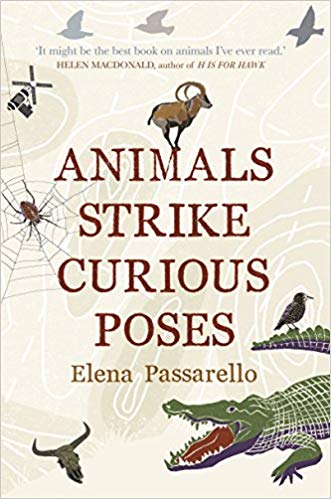
Animals Strike Curious Poses by Elena Passarello
We humans decide which animals go down in history: Cecil the Lion, Darwin’s tortoise, Yuka the mummified mammoth, to name just a few from professor Elena Passarello’s 2017 collection of essays. Passarello puts a modern spin on the medieval tradition of bestiaries, or collected stories about real or mythical animals. She describes the history of human interaction with popular species like rhinos and bears, giving each a name and gender. Unlike much traditional nature writing, Passarello’s creation is a fast, lively read that surprises by how deep and dark it gets.
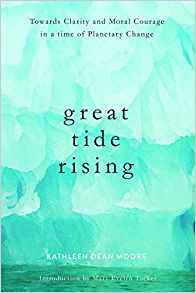
Great Tide Rising by Kathleen Dean Moore
Why is it wrong to wreck the world? Philosopher Kathleen Dean Moore explores that question in Great Tide Rising, and in the process, reminds us of the essential role that clarity plays in motivation. She recounts the day that she and her grandson stood on the beach and saw dying sea stars in the water. She wonders how his children may never see these “gloriously colored animals” as they “sag” under the weight of the world, “tangled in seaweed and slime.” In their visible demise, she is finding inspiration to act.
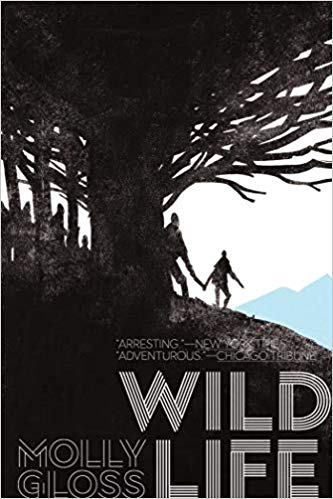
Wild Life by Molly Gloss
Fiction writer Molly Gloss is curious how people respond to wilderness, and how our roles in our communities influence that response. In her 2001 award-winning novel, Wild Life, self-avowed freethinker and mother of five Charlotte Bridger Drummond becomes lost in the Great Northwest Woods, where she encounters a family of Sasquatch-esque, quasi-human beasts. Told through Charlotte’s journal entries, Gloss’s novel reminds us of the fine line that exists between science fiction and nature writing—as well as wilderness and civilization—and how easily that distinction gets blurred.
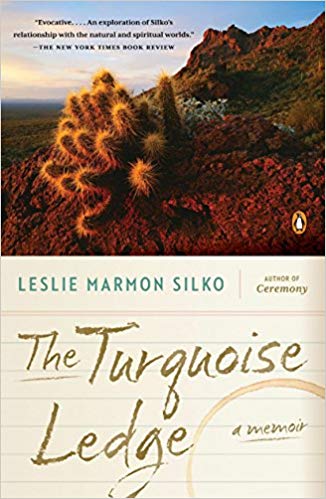
The Turquoise Ledge by Leslie Marmon Silko
Poet and novelist Leslie Marmon Silko dips between her memory and imagination to craft this memoir of life in Arizona, her first work of extended nonfiction. Touching on themes like respect, destruction, greed, and affection, Silko reminds her readers of the importance of connection between people and land by reliving her days of traversing trails by foot or horse, then noticing and developing intellectual interest in the blue-green stones that her ancestors used as indicators of water.
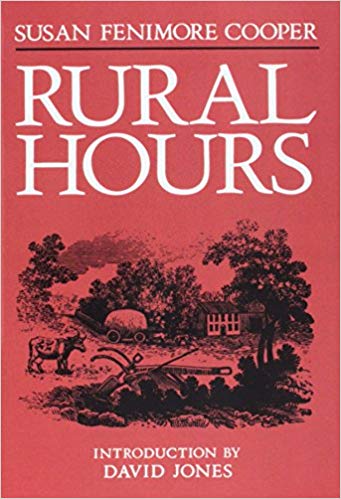
Rural Hours by Susan Fenimore Cooper
We’ll end with one of the earliest nature writers, a lady whose words caught Darwin’s eye and inspired Thoreau, as well as just about every nature thinker after that. By recounting particulars of daily life over the seasons at her home in Cooperstown, New York, Susan Fenimore Cooper, the daughter of The Last of the Mohicans author James Fenimore Cooper, inadvertently created America’s first book of place-based nature journaling. Her observations are a pleasure to read, as she shares the simple joy she gains from wandering the fields of their long unbroken residence, like in this entry from April 1848, describing a walk presumably taken with her father, who she worked for as secretary until his death: “Went out with the hope of finding some flowers, but were unsuccessful,” she writes: “None of the buds were open enough to show the coloring of a blossom … Although disappointed in our search for flowers, the view of the lake was enjoyment enough for one day.”

